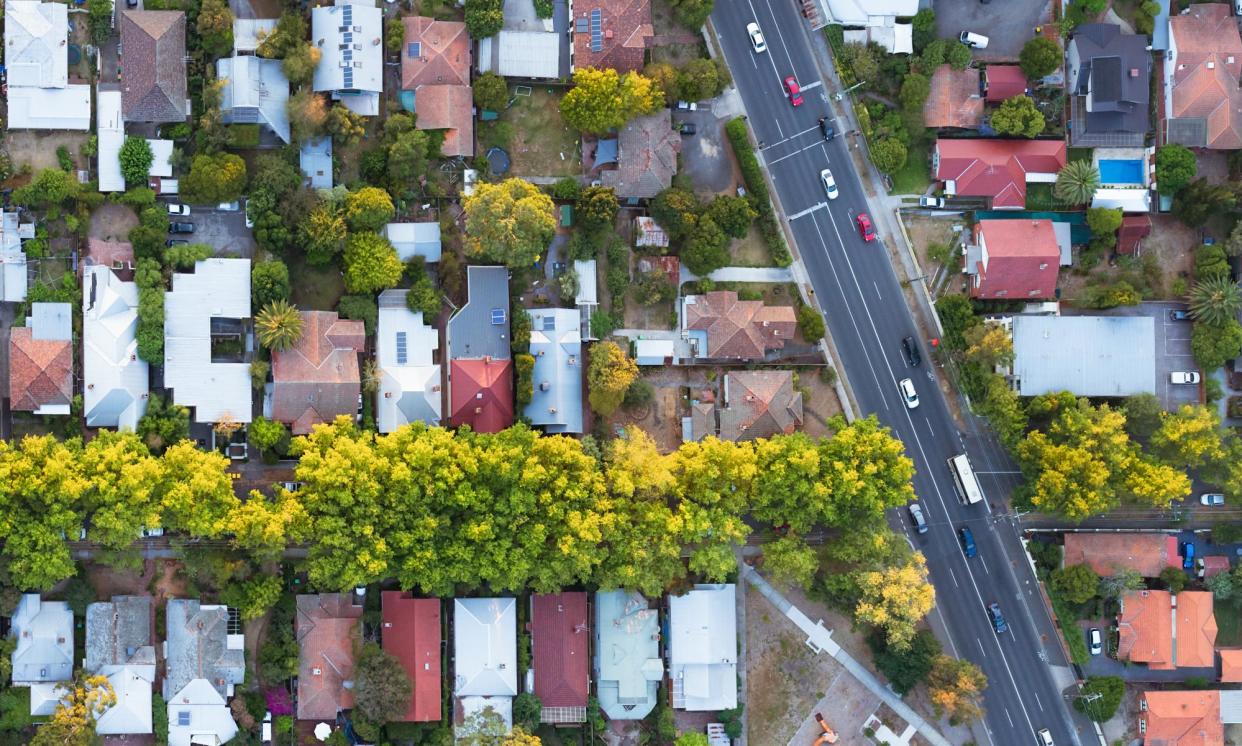Shifting the needle on the housing crisis: will Chalmers’ plan to slug foreign home buyers be enough?

Treasurer Jim Chalmers says he hopes to move the housing market “needle” by slapping more fees on foreigners buying homes.
On Sunday, Chalmers announced plans to triple fees foreigners pay whenbuying established homes. Penalties for leaving a property vacant will also double, and the Australian Tax Office will be given more compliance powers and resources.
Along with an unrelated plan to encourage developers to construct more build-to-rent properties, Chalmers told News Corp the combination would “shift the needle”.
“Every extra house that is built in this economy, every extra property that goes on to the rental market is welcome,” he said.
But the treasurer may be hunting in the proverbial haystack for that elusive needle he’s so keen to move.
According to the latest ATO data, real estate transactions involving foreigners totalled 4,228 in 2021-22. Of those, 1,339 were purchases of established dwellings, worth about $1.7bn, or roughly $1.25m each.
As a guide to the number of home purchases in a year, CoreLogic counted 479,477 sales in the year to November – 7.6% fewer than 12 months earlier.
Those numbers suggest foreign purchases make up less than 1% of total transactions.
If deterring some foreign investment in established homes would free very few more properties for residents to buy, would extra penalties for leaving homes vacant make much difference? After all, rents were rising at a 7.6% clip in the September quarter, the Australian Bureau of Statistics said.
Foreigners buying an established dwelling worth $1.1m have up until now been forking out $28,200 in application fees. If the property was left vacant at least 183 days a year, they would have had to pay an additional annual fee of $28,200.
However, with the application fee tripling and the vacancy penalty doubling, the application fee rises to $84,600 for that average house. If left vacant, the penalty fee for the foreign buyer balloons to $169,200 annually.
(Foreigners buying a $1.1m new dwelling will continue to pay the same $28,200 application fee. If left vacant, though, yearly penalties will also double to $56,400.)
Bear in mind, though, Australia has about 11.1m dwellings, according to the ABS. If 31% of households rent, that means about 3.4m dwellings are rentals. Shunting a couple of hundred more properties to the market would amount to a minuscule twitch in that needle.
“I am doubtful an increase in vacancy and application fees for foreign acquisition of existing homes would do much to help housing supply, or even reduce foreign demand,” says CoreLogic’s head of residential research, Eliza Owen.
“If the government is serious about tackling vacancy and the more efficient use of housing markets, they might think about how both foreign and domestic housing investments are treated from a tax perspective.”
Monika Tu, founder of Black Diamondz, a Sydney-based high-end real estate firm, said the new penalties were “a lot of money” and would probably prompt some of her overseas-based clients to sell.
Overall, though, demand was “tremendous”, she said. Australia’s other attractions, such as being viewed as an economic haven, would likely continue to draw overseas interest.
However, perhaps the most rubbery of the numbers involve how Treasury coffers might be boosted by the changes.
The vacancy penalty now pulls in just $5m a year (although it’s not clear if that tally is net of compliance costs).
Indeed, the ATO issued “something like 23 breaches”. Chalmers reckons “those numbers are likely to be underdone”.
“We think that we will raise something like half a billion dollars from these changes,” he said. “And that will help us fund our broad and ambitious housing policy, which again, is all about making sure there are more homes in our communities.”
The treasurer’s office was asked for a breakdown of those projections, including how much would be levied from those heftier penalties.
Perhaps Wednesday’s release of the government’s mid-year economic and fiscal outlook will reveal more detail on how that needle shift will go.

 Yahoo News
Yahoo News 
